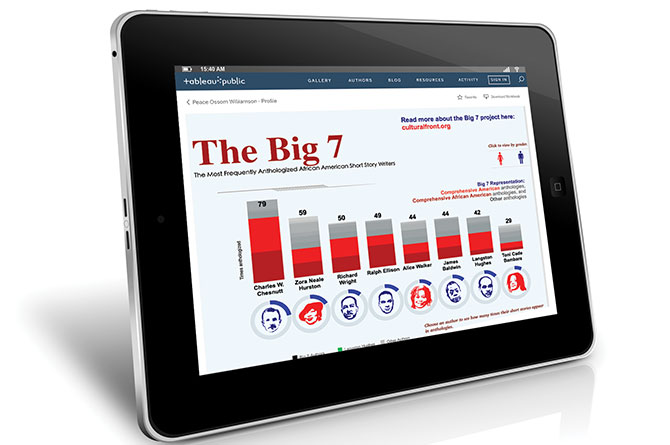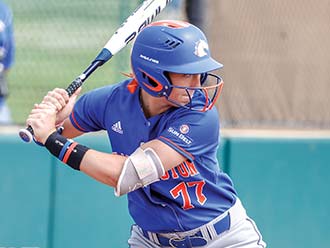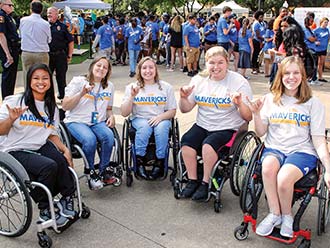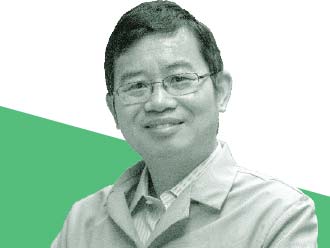Since joining UTA, English Assistant Professor Kenton Rambsy has worked closely with Peace Ossom-Williamson, librarian and director of research data services, on a number of innovative projects that harness big data to provide scholars with insight into African-American literary verbal art.
“The term ‘big data’ can be a misnomer, especially when referring to accessible information related to African-American literary studies,” Dr. Rambsy says. “I’ve asked myself how much of that data is accessible to the public, and how much of the data is accessible to everyday users.”
With Ossom-Williamson’s help, Rambsy created the Black Studies sub-dataverse, which is available on the Texas Data Repository. Together, they created two digital publications: #TheJayZMixtape, which represents Rambsy’s ongoing use of metadata to explore Jay-Z’s career; and Lost in the City, an exploration of two Edward P. Jones short story collections that examines the writer’s focus on Washington, D.C., as a setting. Both collaborations were published through the University of Illinois Urbana-Champaign’s Publishing Without Walls Initiative.
This past year, UTA’s College of Liberal Arts funded The Black Anthology Project, a digital humanities research project of page-level metadata about the contents in over 100 Black short story anthologies. Rambsy and Ossom-Williamson created a one-page interactive visualization highlighting some of the findings from the Black short story dataset, focusing specifically on the most frequently anthologized African-American short story authors.
“In addition to teaching data literacy, data ethics, and use of data tools in classes and open workshops, we support and participate in innovative research. We assist with data management, publishing findable and usable data sets, and visualizing findings for reaching a broader audience,” Ossom-Williamson says. “The library works to make everything openly available, allowing for transparency and reproducibility; it also fosters open education, open science, and interdisciplinary collaboration.”
Health and the Human Condition
Global Environmental Impact
Sustainable Urban Communities
Data-Driven Discovery



